Ningbo-Zhoushan Port in Zhejiang Province of China launched the world’s first China-Europe Arctic Express in September, achieving the “Polar Silk Road” vision with a record 18-day transit. The container vessel “Istanbul Bridge” set off from Beiyi Container Terminal on its maiden voyage to Felixstowe, the largest container port in the United Kingdom. This new route significantly reduces shipping times between China and Europe. Transit took just 18 days, compared to over 25 days by the China-Europe Railway Express, more than 40 days via the Suez Canal and over 50 days around the Cape of Good Hope.
This improvement speeds up supply chains, cuts business inventory needs by 40 per cent and lowers capital costs. Also, the Arctic Express provides a safer and more stable route, passing through politically and economically secure areas, which minimises risks from piracy, congestion and regional conflicts, as well as reducing carbon emissions by approximately 50 per cent compared to traditional longer routes.
Major Sea Trade Routes
Major sea trade routes include the Suez Canal (Asia-Europe), Panama Canal (Asia-the US), Strait of Malacca (intra-Asia), and the English Channel (Europe-the UK). Other key routes involve the Strait of Hormuz for oil transport, the North Atlantic route for Europe-North America trade, and the Trans-Pacific route connecting Asia and North America. The Suez Canal connects the Mediterranean Sea to the Red Sea, providing the shortest trade route between Europe and Asia. It accounts for a significant portion of global trade, including oil, gas and containers. The Panama Canal links the Atlantic and Pacific Oceans, allowing ships to travel between Asia and the eastern coast of the United States without sailing around South America.
The Strait of Hormuz, a narrow waterway connecting the Persian Gulf to the Arabian Sea, is critical for the transport of oil from the Middle East to Asia. The Cape of Good Hope is an alternative route around the southern tip of Africa used when canals are inaccessible due to war or blockage. The Strait of Malacca is a crucial link between the Indian and Pacific Oceans, connecting major Asian economies like China, Japan and India, and is considered a major chokepoint for intra-Asia trade.
Quick Reads
View AllThe North Atlantic Route is the busiest sea route in the world, connecting the industrial ports of Western Europe with the East Coast of North America. The English Channel is one of the world’s busiest shipping lanes, connecting the North Sea to the Atlantic Ocean and serving as a vital route between the UK and continental Europe. The Danish Straits connect the Baltic Sea to the North Sea, facilitating trade in Northern Europe.
The Strait of Gibraltar connects the Atlantic Ocean to the Mediterranean Sea, separating Europe and Africa. The Bosporus Strait connects the Black Sea to the Sea of Marmara, a key route for Russia and other Black Sea nations. With melting polar ice, Arctic routes are becoming a viable, shorter option for trade, potentially reducing transit times and costs. The Trans-Pacific Route connects the manufacturing centres of East Asia (especially China) with the West Coast of North America, primarily the United States. It is a critical trade corridor for the movement of electronics, vehicles and other goods.
Major Sea Trade Choke Points
Major sea trade choke points include the Strait of Hormuz, Strait of Malacca, Suez Canal and Panama Canal, along with others like the Bab el-Mandeb Strait (connecting the Red Sea to the Gulf of Aden), and the Turkish Straits. These narrow, strategic waterways are critical for global commerce as they connect larger bodies of water, but their limited capacity can cause major disruptions to trade if blocked or restricted.
The Arctic Region
The Arctic region covers over one-sixth of the Earth’s landmass, and is set to play an increasing role in shaping the course of world affairs. The still less-explored region is rich in exploitable natural resources, especially gas and oil, and marine living resources. It is estimated that the Arctic could be home to nearly 20 per cent of the world’s oil and natural gas. The Arctic Ocean, around Earth’s North Pole, is full of floating ice, with ridges up to 20 metres thick.
Global industrialisation has raised temperatures because of increased carbon dioxide and other greenhouse gas emissions. Therefore, the glaciers are rapidly melting. The minimum Arctic sea ice extent in 2024 was 4.28 million square kilometres, which is around 1.8 million square kilometres lower than the long-term average. The Arctic sea ice reduction has been at a rate of almost 13 per cent per decade. At this rate, the Arctic could be ice-free in the summer by 2040.
The Arctic Council
Unlike Antarctica, which is uninhabited and administered by a treaty of 1959 that allows only peaceful activities, there is no such treaty covering the Arctic. The Arctic Council was set up in 1996 by the Ottawa Declaration. It is a grouping that looks into issues faced by the Arctic countries and the residents of the Arctic. The United States, Canada, Denmark, Iceland, Norway, Sweden, Finland and Russia are the eight countries having territory within the Arctic Circle. All are members of this council.
The council provides for countries with observer status. In 2011, the Council clarified its criteria for admission of observers. The critical requirement was that the applicants must “recognise Arctic States’ sovereignty, sovereign rights and jurisdiction in the Arctic” and recognise that an extensive legal framework applies to the Arctic Ocean. The Himalayas are often considered the ‘Third Pole’, with commonality of elements with the Arctic and Antarctic. It was important for India to have a foothold in all three. In May 2013, India became the 11th country to be made a permanent observer at the Arctic Council.
Militarisation and the Arctic Cold War
Both Russia and the United States have for long placed weapons, including Russian nuclear deterrence, in the Arctic region. Both have Arctic military bases and have placed significant surveillance systems in the region. Effectively, the Arctic is already militarised. Russia has been operating nuclear-powered icebreakers in the Arctic for some time. The Arctic Military Environmental Cooperation (Amec) agreement between Russia, the US and Norway helped clear the Arctic of hazardous waste, including from former Soviet decommissioned nuclear submarines. The US also reduced the assets based in Alaska, but the programme ended in 2006 when the USA stopped funding it. Yet control over the Arctic by many countries, especially the US and Russia, has begun a new Cold War. With the West and Russia drawn into a fresh showdown over Ukraine since 2014, the once-cooperative approach has started breaking down.
Arctic Sea Routes
There are three main routes. The Northern Sea Route (NSR) runs along the Arctic coast of Russia. Ice clears here first and therefore is available for a longer duration. It also has the highest commercial potential. The route reduces the maritime distance between East Asia and Europe from 21,000 km via the Suez Canal to 12,800 km. It implies transit time savings of 10-15 days. The NSR was used extensively for natural resource extraction and transportation during the Soviet era. It was also used for military resupplies. In 2009, two German ships, led by a Russian icebreaker, made the first commercial journey across the NSR from Busan in South Korea to Rotterdam in the Netherlands, establishing good commercial prospects.
The North West Passage (NWP), the sea route between the Atlantic and Pacific Oceans crossing Canada’s Arctic Archipelago, began being used first in 2007. It may open for more regular use soon. While Canada claims it as an internal waterway, the United States and various European countries claim that it is an international strait and transit passage, and must allow free and unencumbered movement. This route between East Asia and Western Europe would be around 13,600 km vis-à-vis 24,000 km via the Panama Canal. But parts of the route are just 15 metres (49 ft) deep, thus reducing viability. But China still seems interested in using this passage to the eastern US, as the Panama Canal also has ship size and tonnage restrictions.
The Transpolar Sea Route (TSR) would use the central part of the Arctic to link the Strait of Bering directly with the Atlantic Ocean port of Murmansk. This route is hypothetical as it involves ice-free conditions that are not yet observed. The Arctic Bridge linking Murmansk port in Russia to Narvik in Norway and further to Churchill port in Canada is mostly used for the grain trade. Typically, it cannot be called a trans-Arctic route.
China and ‘Near-Arctic’ Claim
As China grew into a significant power, it has been showing interest in the Arctic region. It has been building military and other capabilities to defend its interests in the region and has an aggressive Arctic policy. Denmark, backed by the US, refused China, which had offered to buy an old military base in Greenland and build an international airport. China’s Arctic forays are being monitored and challenged by the US. Since the 19th century, the United States has considered, and made, several attempts to purchase the island of Greenland from Denmark, as it did with the Danish West Indies in 1917, the last being President Trump’s announcement to annex it in May 2025.
China released its official Arctic Policy paper in January 2018. It covers foreign relations with Arctic countries. China has interests in the Arctic to create infrastructure for research, military and other purposes. It wants to exploit resources. It is establishing a “Polar Silk Road” through the Arctic to help expedite global shipping delivery. China considers itself a “Near-Arctic State” and a major stakeholder in the Arctic. As far back as 1925, China became a signatory of Spitsbergen, later called the Svalbard Treaty. The treaty allows members to engage in a certain amount of mining while recognising Norway’s sovereignty.
China has set up a Polar Research Institute in Shanghai. It began Arctic expeditions in 1984. In 1996, China joined the International Arctic Science Committee. It has a series of research vessels, including the Chinese polar icebreakers MV Xue Long. China built the Arctic Yellow River Station in 2004. In 2018, Shanghai-based Cosco Shipping Corporation Limited made eight transits through the Arctic between Europe and China. China insists that its one-fifth share of the world’s population must benefit from Arctic resources. China spends more than the US on Arctic research. China’s “Polar Silk Road” is a joint initiative with Russia and was launched in 2018. Like Russia, China also wants to have nuclear-powered icebreakers in the Arctic, becoming only the second country to do so.
Indian Arctic Presence and Interests
India has had a permanent Arctic research station in Svalbard, Norway, since July 2008. Named “Himadri”, it is located within the International Arctic Research Base, nearly 1,200 kilometres from the North Pole. The research is centred on monitoring fjord dynamics, glaciers, space weather and carbon recycling, among many other areas. India is also looking at genetics, glaciology, geology, pollution in the atmosphere and space weather, among other fields. In 2014, India also established an underwater moored observatory, “IndARC”, at Kongsfjorden fjord, Svalbard. Svalbard is the northernmost year-round settlement on Earth, with a population of about 2,200. The scientific purpose is to find linkages between Arctic weather parameters and the south-west monsoon.
India is a growing major power. It would like to be a significant player in any power structure that evolves in the Arctic region. It would also like to be part of the economic exploitation. India’s ONGC Videsh has been interested in investing in Russia’s Arctic liquefied natural gas projects.
India released its Arctic policy in March 2022. It was titled “India and the Arctic: Building a Partnership for Sustainable Development”. The policy enumerated India’s interests in scientific research, climate and environmental issues, economic and resource prospects, sea connectivity, and maintaining India’s presence in the region. India is also looking at the Arctic sea lanes for improving connectivity to certain northern destinations.
India also plans to connect with the Arctic sea routes using the already planned International North South Transport Corridor (INSTC), a multi-mode network of ship, rail and road routes. The India-Middle East-Europe Economic Corridor (Imec) is a project to create a network of infrastructure to improve trade between India, West Asia and Europe.
Other routes under consideration include those via Kazakhstan and Turkmenistan. Another option being explored is to establish a Chennai-Vladivostok maritime corridor to reach closer to the Arctic.
India-Middle East-Europe Economic Corridor
The Imec is a multi-modal connectivity initiative to link India, the Middle East and Europe through ports, railways, roads, pipelines, sea lanes and digital infrastructure. Launched in 2023, it is a partnership between India, the US, Saudi Arabia, the UAE, France, Germany, Italy and the European Union. Other countries involved in the northern corridor include Jordan and Israel. The project includes two corridors—an eastern corridor connecting India to the Arabian Gulf, and a northern corridor connecting the Gulf to Europe—and aims to enhance trade, reduce transit times and promote clean energy. The project aims to build upon the existing, robust bilateral trade between India and the European Union (EU), which reached $136 billion in 2024.
The Eastern Corridor connects India to the Arabian Gulf via sea and land routes, potentially linking Indian ports like Mumbai and Mundra (Kutch, Gujarat) with ports in the UAE. The Northern Corridor connects the Arabian Gulf to Europe via a railway network that runs through Saudi Arabia and Jordan to the Israeli port of Haifa. From Haifa, sea routes will connect to ports like Piraeus in Greece to reach Europe.
The goal is to create a cost-effective and faster trade route between Asia, the Middle East and Europe, potentially reducing transit times by 40 per cent compared to existing maritime routes. It is expected to stimulate economic growth and create jobs in the participating countries. It supports supply chain diversification by providing an alternative to existing routes, increasing the resilience of global supply chains. The project includes a vision for energy pipelines, potentially carrying clean hydrogen.
International North-South Transport Corridor
The INSTC is a 7,200 km multimodal route that connects the Indian Ocean and Persian Gulf to the Caspian Sea and beyond to Northern Europe through Iran, Russia and Central Asia. Established in 2000 by India, Russia and Iran, its main purpose is to improve trade by creating a shorter and faster alternative to the traditional Suez Canal route, facilitating economic cooperation and connectivity among its 13 member countries. The corridor now includes countries like Azerbaijan, Armenia, Kazakhstan, Kyrgyzstan, Tajikistan, Turkey, Ukraine and Belarus, with Oman and Syria also members. Bulgaria is an observer state. The corridor utilises a mix of sea, road and rail transport, linking cities like Mumbai in India to ports in Iran, and then connecting onwards to ports in Russia and Europe. Transport costs reduce by nearly $2,500 per 15 tonnes of cargo.
Goods are shipped by sea to ports like the Shahid Beheshti Port in Chabahar, Iran. From there, they are transported overland by road to Caspian Sea ports like Bandar-e-Anzali. From the Caspian Sea, goods are shipped to destinations such as Astrakhan, Russia. The trade volume is increasing, with 1.8 to 2 million tonnes of goods moved annually via the eastern route through Kazakhstan and Turkmenistan as of 2023–2024.
Chennai-Vladivostok Maritime Corridor
The Chennai-Vladivostok Maritime Corridor is a strategic maritime route connecting India’s Chennai Port with Russia’s Vladivostok Port, Russia’s largest port in the Far East, aiming to reduce shipping times and costs by providing a direct sea link. It passes through the Bay of Bengal, the Malacca Strait, the South China Sea, the East China Sea and the Sea of Japan. Proposed in 2019, the 10,300 km corridor can cut travel time from about 40 days to 24 days, offering a faster alternative to traditional routes like the Suez Canal and the Black Sea. It is important during periods of global uncertainty like the Red Sea crisis. The shortened route helps lower logistics costs and improves supply chain reliability. This initiative is part of a broader effort to enhance trade, logistics and connectivity between India and Russia. It will be a direct sea route for goods like coal, crude oil, machinery and auto parts. It also strengthens India’s presence in the Pacific region.
The Way Ahead
Indian-owned or flagged vessels currently carry a small percentage of India’s trade cargo. With nearly 20 per cent of global vessels expected to either come to or go from India in the next 15 years, there is a need to have more ships built in India. India’s Maritime India Vision 2030 (MIV 2030) and the Amrit Kaal Vision 2047 have set targets to bring India among the top 10 by 2030 and the top 5 by 2047. The government has announced plans to build multiple shipbuilding clusters in collaboration with foreign ship-builders and Indian coastal states.
The Arctic continues to lure researchers to venture northwards to where “the next great game” seems to be evolving. Unlike Antarctica, Arctic states already have ownership over most of the areas through the Law of the Sea regime. Yet the discussions of great power politics, competition and conflict in the Arctic are increasingly engaging the strategic community.
Russia’s Northern Fleet is strategically located, covering the Arctic regions, and has the most dominant position among all Arctic states. Interestingly, the USA became an Arctic state because it purchased Alaska from Russia for $7.2 million in 1867. Canada and Northern European states have a great stake, and the US will work closely with them.
India has to increasingly partner with Russia for its Arctic interests. India would hope that intra-regional cooperation rather than conflict will flourish. But the global competition between the US, Russia and China is already becoming consequential. India must remain keenly engaged and keep a foothold in the Arctic. India’s Arctic interests are more than just to wait and watch. Meanwhile, India must push trade on the other important corridors.
(The writer is former Director General, Centre for Air Power Studies. Views expressed in the above piece are personal and solely those of the author. They do not necessarily reflect Firstpost’s views.)


)
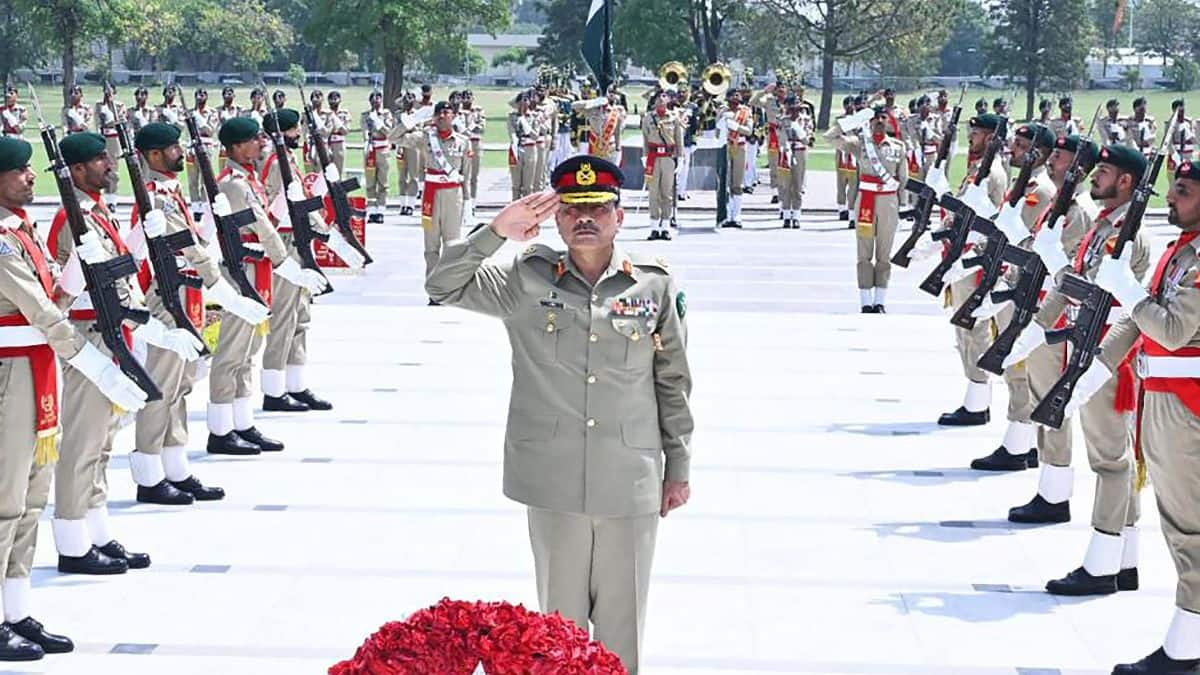
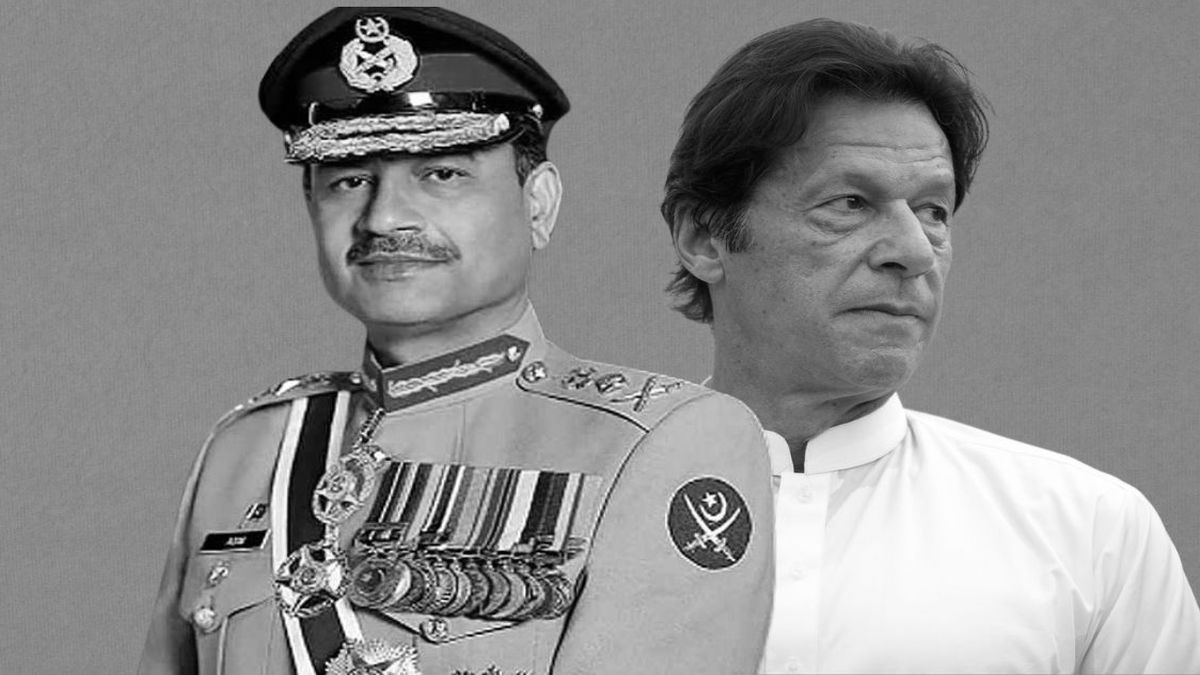)
)
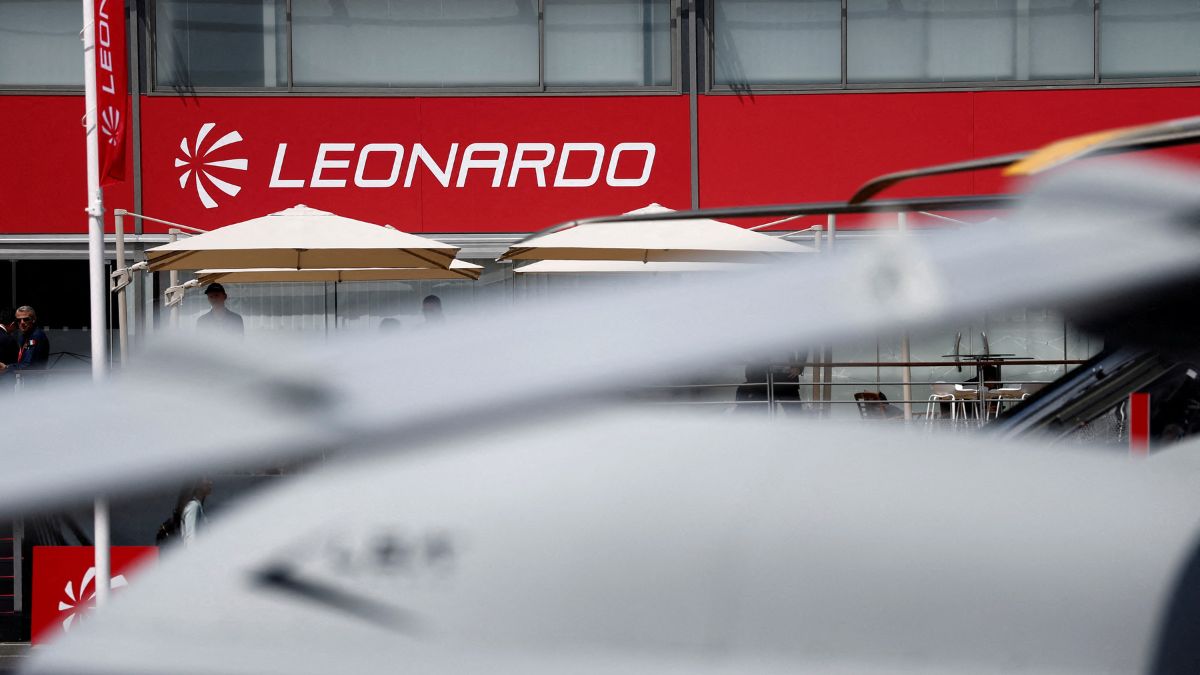)
)
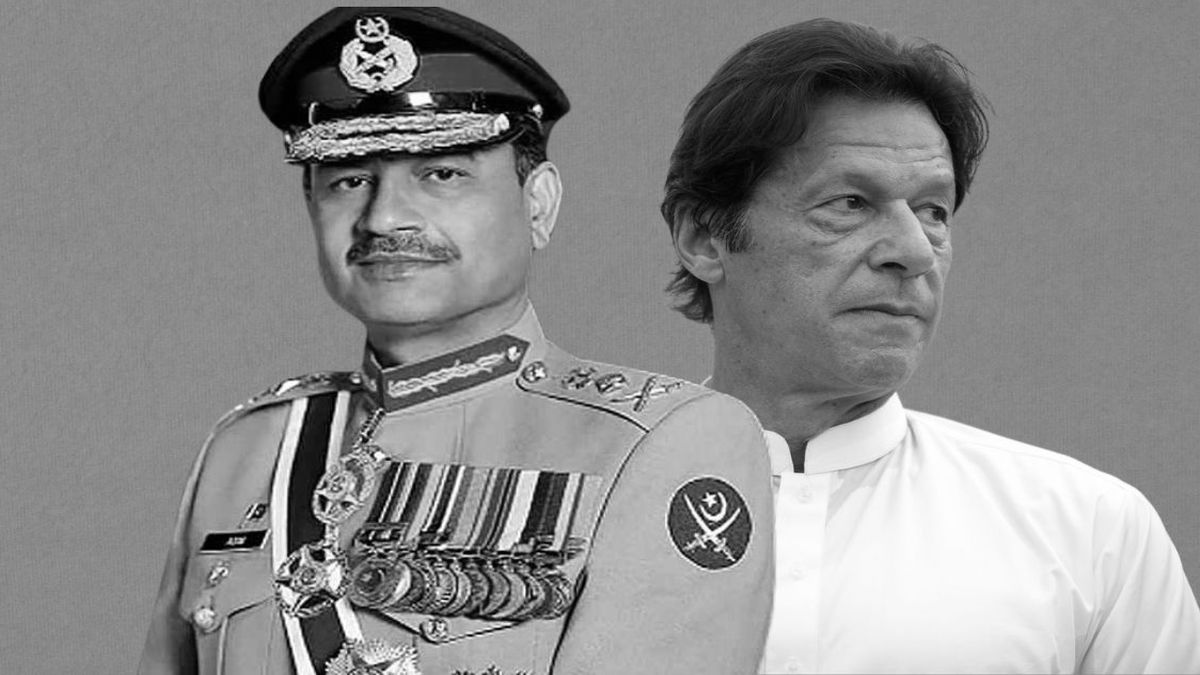)
)
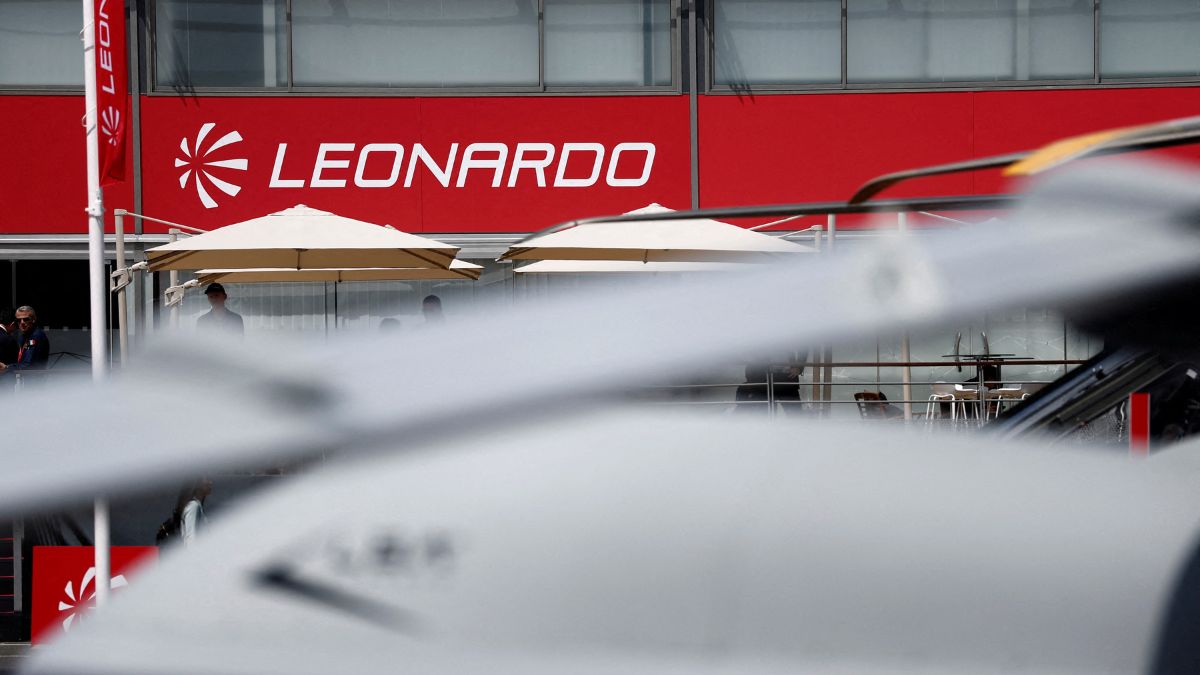)
)



